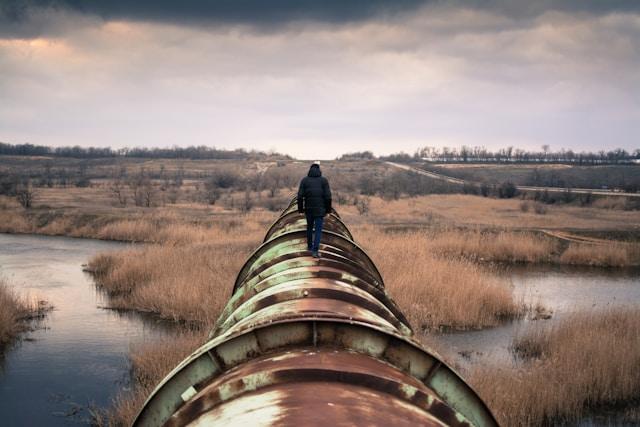Tech Innovation for the Future of Water Pipe Infrastructure

Many Americans would be shocked to discover that there are over 2.2 million miles of water pipes running below their feet. This is enough piping to complete 4.5 trips to the moon! The system is incredibly intricate and allows for many of our modern comforts to exist that we take for granted. This includes clean and readily available water, a sewage system that keeps our cities sanitary and prevents disease from spreading, and drainage systems that prevent flooding during rainstorms.
However, this system is definitely not without its faults. There is a water main break every two minutes, leading to the loss of 6 billion gallons of treated water every single day, which is enough water to fill over 9,000 swimming pools. This is largely due to the aged infrastructure that is well overdue for a restoration. Most of the piping is outdated and made with materials that are only designed to last 75 years. We are now about 25 years into being overdue for a complete overhaul of the system.
To paint the picture of how we arrived at this need for a massive investment into our water piping system, the history of this incredible invention must be first addressed. The first pipes were made of clay in the Indus River Valley around 4000 BCE. The first true aqueducts appear in Ancient Greece 3500 years later, taking the form of subterranean terracotta pipes. Fast forwarding to 1820, steel began to replace primitive materials like clay and wood. These pipes were designed to last 85 years, but corrosion often reduced the true longevity to only 50 years. These pipes were expensive, had difficult repairs, and had a large carbon footprint.
Due to all of these shortcomings, new iterations of the water pipe began to appear in the following decades. Two main versions were the prestressed concrete cylinder pipe (PCCP) and the ductile iron pipe (DIP). Both had their own respective problems. The PCCP had a high rate of premature failure, usually in the form of a sudden rupturing of the pipe wall far before the pipes’ expected lifespan of 20-40 years. The DIP was able to last longer if there was no corrosion, at 55 years, but it has a horrible effect on the environment. It releases lots of carbon dioxide and corroded pipes have been shown to create negative health effects for the kidney, liver, and bones for people that drink from its water.
Thankfully, the invention of the Hobas fiberglass reinforced polymer mortar (FRPM) has now made both of these pipe models (and their drawbacks) obsolete. They are designed to last for over 150 years and have a low carbon footprint. They are also able to cut maintenance needs, reduce odor emissions, and prevent sinkholes in the streets. The federal government has pledged almost $6 billion in funding for updating municipal water infrastructure, and experts are betting that the Hobas FRPM will be a long lasting solution to the pitfalls of our existing piping system.
Comments